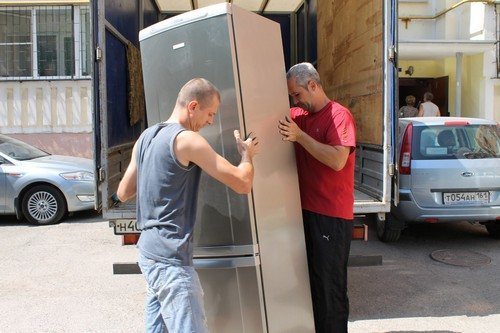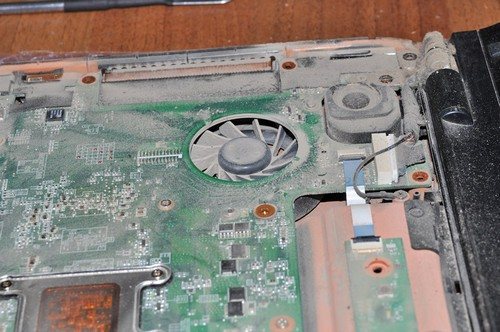The presence of the required temperature in the refrigerator is an indicator of long-term preservation of food. But the requirements for pineapple or apples will be different than for ready-made semi-finished products (dumplings or sausages).
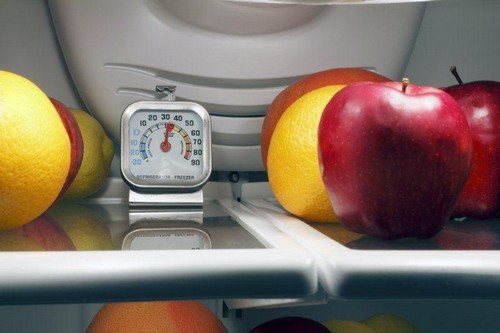
- Refrigerator temperature standards according to GOST
- Why does the temperature in the refrigerator vary?
- What temperature is needed
- Maximum and minimum temperatures
- Temperature for different brands of refrigerators
- How to set the mode
- Tips for using your refrigerator
- How do refrigerators work?
Refrigerator temperature standards according to GOST
In Russia, there are standards developed in Soviet times - GOST 16317-87. According to this document, there are only two operating modes: 5...12°C or -18...-24°C. Refrigerators in the USSR were supposed to be manufactured without any special tricks - the first “separate places” for delicate products appeared along with export mass installations. Below is a table with “standard” values.
| Purpose | Temperature value, limits, °C |
| Ready-made food, vegetables, fruits | no higher than 12 |
| For long term storage | -6…-12 (not higher than -5) |
The following recommendations are most often used, given the wide variety of ranges:
| Product | Temperature value, limits, °C |
| Meat and fish, confectionery (unless otherwise stated) | 1-3 |
| Eggs and other (animal origin and short shelf life (e.g. milk), ready meals) | no higher than 5 |
| Fresh fruits and vegetables (excluding bananas) | 5-8 |
| Sauces | 3-7 |
| Long term storage | -6…-18 |
| Blast frozen products | -24°C and below |
Why does the temperature in the refrigerator vary?
Various products are stored in the refrigerator (according to composition, origin and storage conditions). Therefore, it must provide a choice of several temperature ranges. The buyer can adjust the settings according to the description of the rules in the documentation.
Modern companies adhere to the following manufacturing standards:
- For freezers — -6°C...-30°C, more often up to -18°C (higher values are needed only for shock treatment);
- Freshness zones - -1...1°C;
- Higher shelves: correct values are +2…+4°C;
- Middle sections - temperature fluctuates at 3...6-8°C;
- In the doors the values are +2°C in relation to the shelf opposite which they are located.
Forced regulation of parameters is allowed. By default (immediately after purchase), the standard, factory power is usually configured.
What temperature is needed
After some brief information, here are some general recommendations for choosing:
- for a freezer, this is considered to be a temperature of -18°C; shock freezing does not occur at this temperature, but the meat is stored for 8 months;
- doors - the permissible value is +2°C (this is optimal for storing eggs and milk);
- central compartments: 3...6°C - it is most convenient to store trays of prepared food here;
- those corners that are farthest from the freezer operate at +8°C; the most delicate foods (cucumbers or exotic fruits) are stored here;
- freshness zones - 0...1°C, at this value bacteria begin to stop their growth, additional quality of storage is ensured by maintaining humidity.
Maximum and minimum temperatures
The lowest temperature is needed to quickly process large volumes of food. Units are produced that can easily maintain -30°C, but the use of such values is limited in time by the manufacturer’s requirements.
The maximum (except for the defrosting state) is considered to be approximately 8 ° C, it is usually achieved on the upper shelves.
The engine heating temperature can be quite high - about 60°C, but not more than +90°C (the older the compressor, the more it can exceed the standard value due to wear).
Temperature for different brands of refrigerators
Some recommended parameters may differ depending on the brand (and even for each specific model); we recommend that you be guided by the technical data sheet or warranty.
To check the correctness of the set value, you can place a glass of water (not a method for negative temperatures) on the shelf, and measure the value again a day later. If it is not as expected, repeat the settings.
| Brand | Recommended values (°C) | ||
| Main camera | Freshness zone | Freezer | |
| Samsung | 3 | 1-4 | -15 |
| ATLANT | 3-5 | 0-5 | -18 |
| Bosch | 4-6 | 0-3 | -18 and below |
| LG | 3-6 | -1…+2 (“optifresh”) | -18 |
| Ariston | 3-6 | About 0 | -18 |
| Double chamber (other brands) | 3-5 | -1…+3 | -18 |
How to set the mode
To configure the modes yourself, you should carefully read the documentation for the device. If the instructions are not even searched on the Internet, you need to carefully inspect the refrigerator. Inside on the back wall (optionally, in the case), when you open the door, you will see a “handle” or a button (with labeled values). Guided by our recommendations (see table) and your own common sense, carry out further installation.
The warranty recommends not using the equipment “to its fullest” for a long time, so the extreme indicators (if you need to quickly cool food) should be set for several hours and then returned back. It is worth knowing that modern two-chamber refrigerators sometimes use several compressors, so repeat this procedure, if necessary, for each regulator separately (some models use one for two chambers).
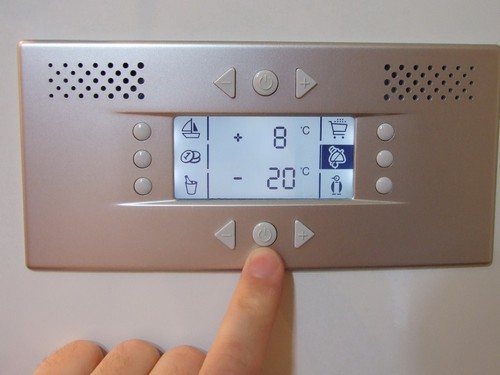
Tips for using your refrigerator
After correct setup, you should follow some rules that will help keep food fresh for as long as possible, and leave the refrigerator clean and in good working order:
- do not put hot dishes in it, this may cause damage;
- do not use sharp objects or aggressive chemical compounds for cleaning;
- throw away “overdue” items on time;
- Carry out “general cleaning” a couple of times a year;
- do not move the walls (including the back) close to the wall or furniture - a distance of about 10 cm is best;
- install the equipment only on a flat surface;
- try not to fill the shelves “all the way”, since the rate of cooling of products is reduced, and the lack of natural ventilation will not be beneficial;
- if the full volume is filled immediately, then first set the minimum permissible cooling parameter, and then gradually reduce the temperature further;
- Pack the products (in sealed vacuum containers or cling film, bags) - this way you can additionally protect them from spoilage, as well as from unpleasant foreign odors;
- use a refrigerator with an accompanying external thermal regime: if you do not live in extreme conditions, then they should not be lower than 16-18 ° C;
- read all the technical documentation for your purchase: it is recommended to leave a refrigerator just purchased or used after a long break turned on “idle” for one day, with the modes set to the average value;
- place heating devices outside the immediate vicinity;
- if you need to set the cooling to “maximum”, do not forget to return everything to its place - the longer the equipment operates in such modes, the faster it wears out.
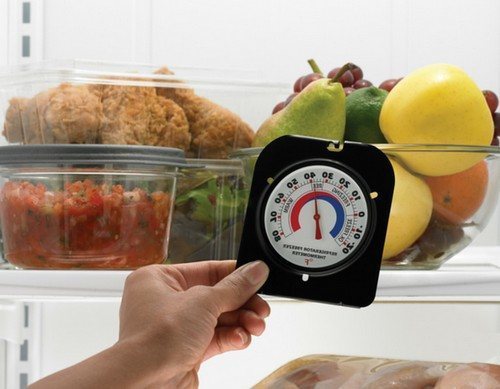
How do refrigerators work?
Since the time of the first primitive “cellar”, they have become more complex - in order to store and protect food from rotting effectively, it was necessary to improve the principle itself. For each type of product, a “department” for storage was allocated: the “freezer” and the main department were separated, then areas for storing non-standard food (requiring its own temperature regime) were gradually allocated. A modern refrigerator looks something like this:
- freezer: a separate storage compartment (most manufacturers produce variations with a freezer separated from other zones). Temperature below -6°C;
- the idea of “dry freshness” is borrowed from industrial installations - humidity is approximately 50% and temperature -1°...0°C. This area is designed to store delicate foods that would quickly lose their aroma and taste in a conventional storage compartment. Sausages, cheeses and cottage cheese stay fresh longer here;
- the “wet freshness” zone is characterized by higher levels (up to 95%). Conditions are optimal for a variety of vegetables, herbs, and fruits;
- the doors are warmer by about a couple of degrees above the shelf, which is opposite;
- the main part (sometimes the lower and upper parts are also separated, since the temperature on them may differ slightly).
Sometimes one part intersects another: the “wet zone” compartment can be technologically located inside the “dry” one. This is created for the convenience of the manufacturer and consumer. Some refrigerators may not contain everything listed.




